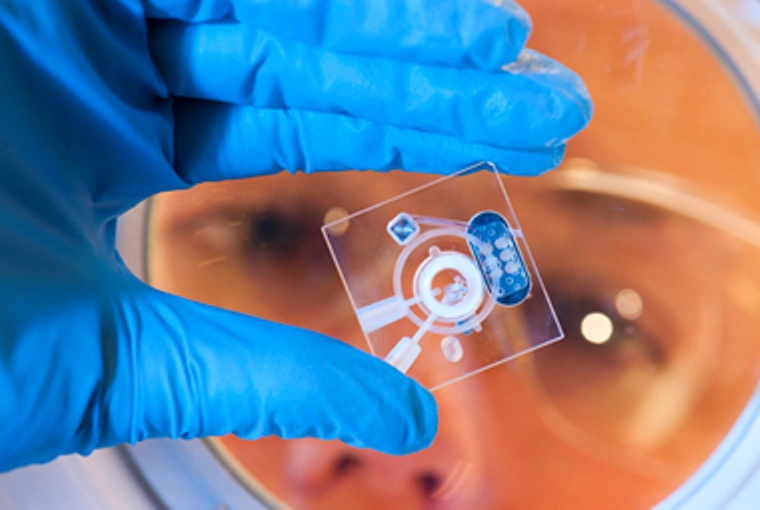
We’re certainly not counting any chickens. The champagne is definitely not on the ice. But there could be a few crossed fingers here and there. You might have seen a story going the rounds that three of our scientists are contenders for a Nobel Prize.
So we thought you might like to know more about the science that won them this level of respect.
Ezio Rizzardo, Graeme Moad and San Thang developed RAFT – Reversible Addition-Fragmentation chain Transfer – polymerisation. This is a method of producing the synthetic polymers (AKA plastics) that we use every day.
What makes it outstanding is that it allows chemists to produce polymers with defined properties and a chemical structure tailored to order. Before RAFT, making polymers was an inexact science. Using RAFT means chemists can have precise control over the way in which small molecules link together to form long polymer chains. They can now design the exact polymer to fit the purpose. The result is a whole new generation of polymeric materials.
Now, a new generation of plastics doesn’t sound too exciting. But it is.
Not only does it mean existing polymer-based products and devices will perform better, it also opens up new fields. There are a large number of possible new applications in areas like engineering materials, electronics, healthcare and biotechnology. And that’s only the ones we’ve already thought of. This is the kind of technology that can create fields that haven’t been thought of yet.
One of RAFT’s big hits so far is for creating OLEDs (organic light-emitting diodes), that can produce low-cost power-efficient lighting.
RAFT polymers also form the backbone of the printable solar cells we’re so thrilled about.
See, we told you plastic could be exciting.

